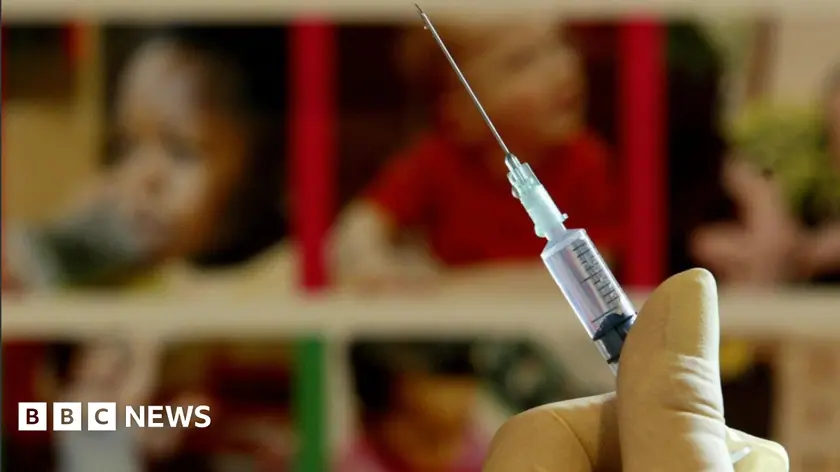T4K3.news
Measles case confirmed in Kootenai County
First measles case in the northern Idaho Panhandle in 30 years; contact tracing underway.
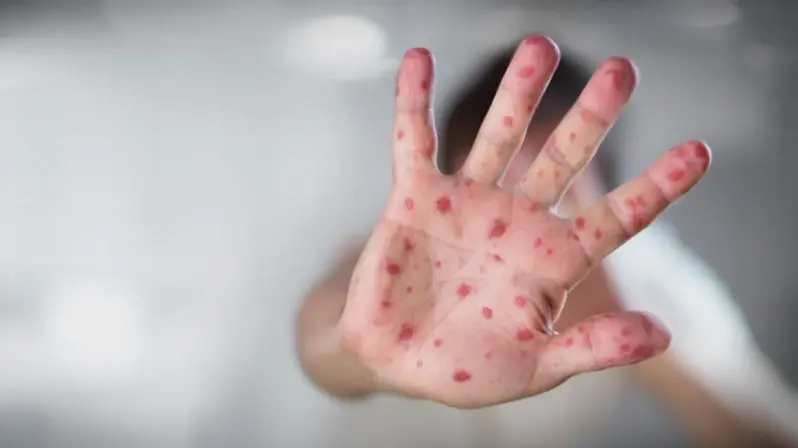
The health district reports the first North Idaho measles case since 1991 in an unvaccinated child.
Kootenai County child contracts region first measles case in 30 years
The Idaho Panhandle Health District reports the first confirmed measles case in the region in more than 30 years. The infection was found in an unvaccinated child in Kootenai County. The district is tracing locations the child visited while infectious to notify anyone who may have been exposed.
Measles is highly contagious and can spread through the air when an infected person breathes, coughs, or sneezes. The virus can stay airborne for two hours after the person leaves. Symptoms usually appear seven to 14 days after exposure and include high fever, cough, runny nose, red eyes, and a distinctive rash. While most recover, measles can cause serious complications, especially for very young children and people with weakened immune systems.
Public health officials urge households to verify vaccination records with a primary care provider. Immunity is generally defined by birth before 1957, a documented history of measles, or two doses of the MMR vaccine. The measles vaccine is highly effective; most people need two childhood doses to stay protected for life. In the United States, the MMR schedule typically includes a first dose at 12 to 15 months and a second at 4 to 6 years, with an earlier dose possible for travelers or local outbreaks.
Key Takeaways
"Vaccination saves lives and stops outbreaks"
key message tied to preventing spread
"Unvaccinated children put the whole community at risk"
emphasizes broader impact beyond the individual
"Public health workers move quickly to identify exposures"
describes the response action
"Measles can reappear if immunity lapses"
frames the risk in a broader trend
The event underscores how immunity gaps can reintroduce a disease once thought controlled. It arrives amid a nationwide rise in measles cases and a reminder that vaccination rates influence regional resilience. The case could intensify discussions about school vaccination requirements and the need for clear, consistent public messaging about vaccines without stigma.
Highlights
- Vaccination saves lives and stops outbreaks
- One unvaccinated case can touch many lives
- Public health teams sprint to trace exposures
- Measles returns when immunity gaps widen
Public health sensitivity around vaccination and outbreaks
The case may trigger public concern and discussion about vaccine policies. It highlights vaccination gaps and the need for clear, factual communication from health authorities to prevent misinformation.
Public health work continues as communities reassess protection through vaccines.
Enjoyed this? Let your friends know!
Related News
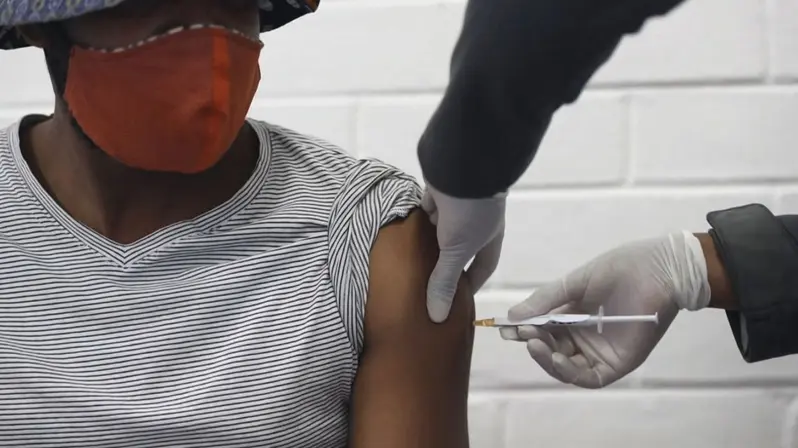
Wisconsin confirms nine measles cases in Oconto County
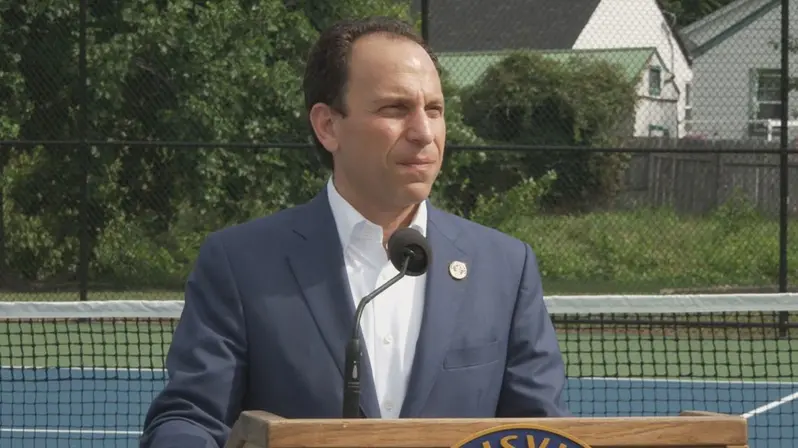
Louisville reports measles case in child
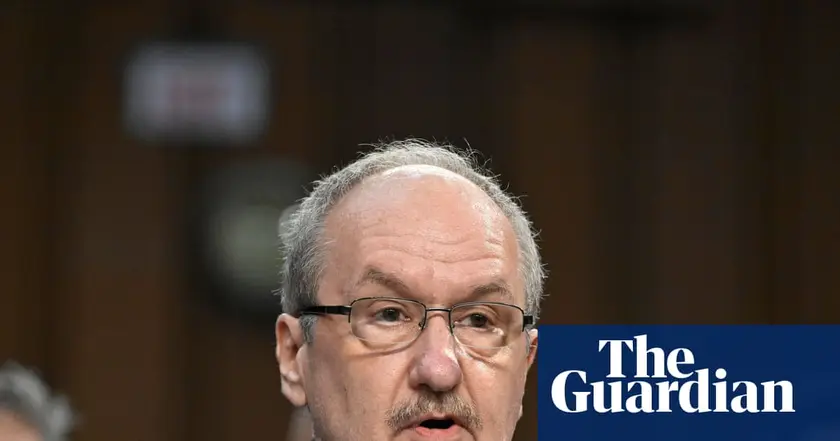
Anti-vaccine advocate catches measles without alerts

Measles cases spike as schools prepare to reopen
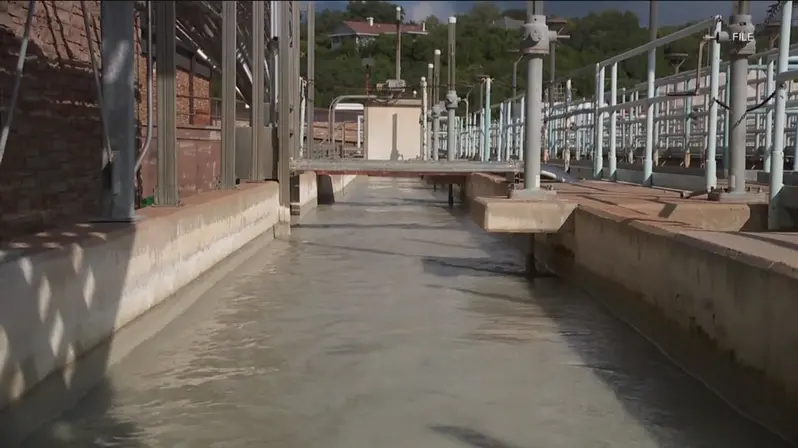
Measles traces found in Austin wastewater alert residents

Measles signal detected in Nevada wastewater
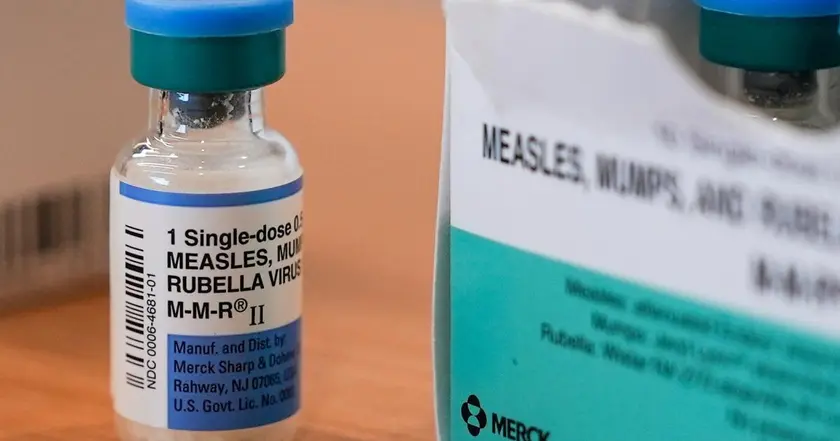
Measles exposure confirmed at LAX
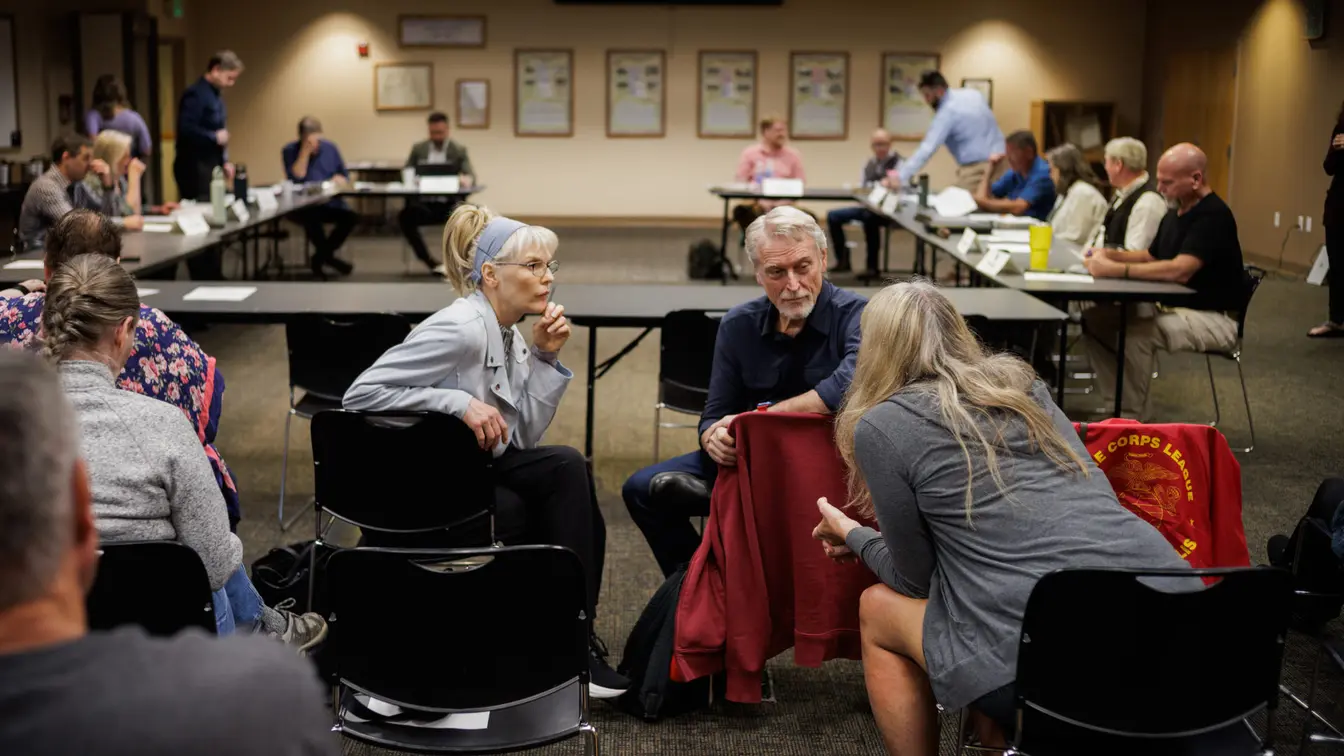
Idaho Implements New Vaccine Policies Amid Trust Crisis
